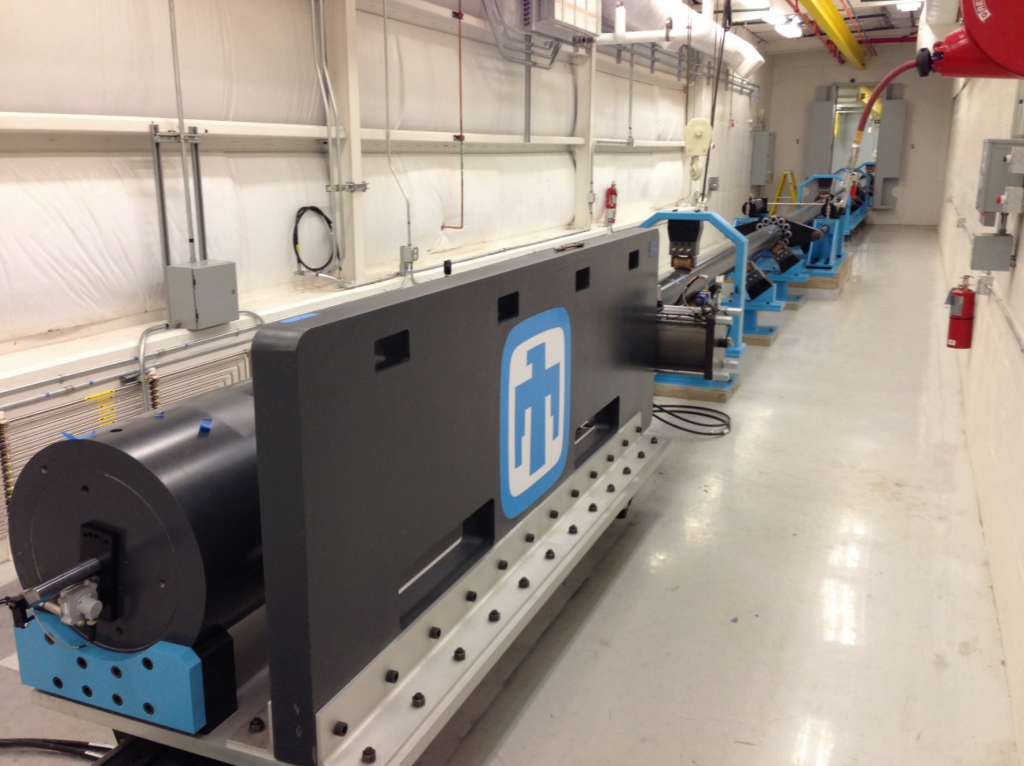
Mechanical
Our mechanical testing capabilities create diverse, large-scale environments ranging from high-speed impact and propulsion to tuned acceleration, shock, vibration, and explosive environments – all measured by advanced, high-resolution diagnostics. Pre-test simulations are typically used to define boundary conditions and appropriate diagnostics during testing. Test results from the diagnostics are then used to validate computational models.

Thermal
Thermal testing at Sandia comprises what are called “normal” and “abnormal” environments. Normal environments span what is common in day-to-day activities: temperatures of freezing to hot, and low to high humidity. Abnormal environments are those associated with accidents – fires. Some examples include diesel or gasoline fuel fires from automobile accidents and propellants from rockets. These abnormal environments can be generated using the actual fuel, or the temperatures can be simulated using electrically-powered lamps. Normal environments are generated in a suite of environmental chambers. All of these experimental capabilities are part of the “Thermal Test Complex.” In addition to the test capabilities, Sandia has a complementary suite of computer codes that can be used to simulate fire environments.